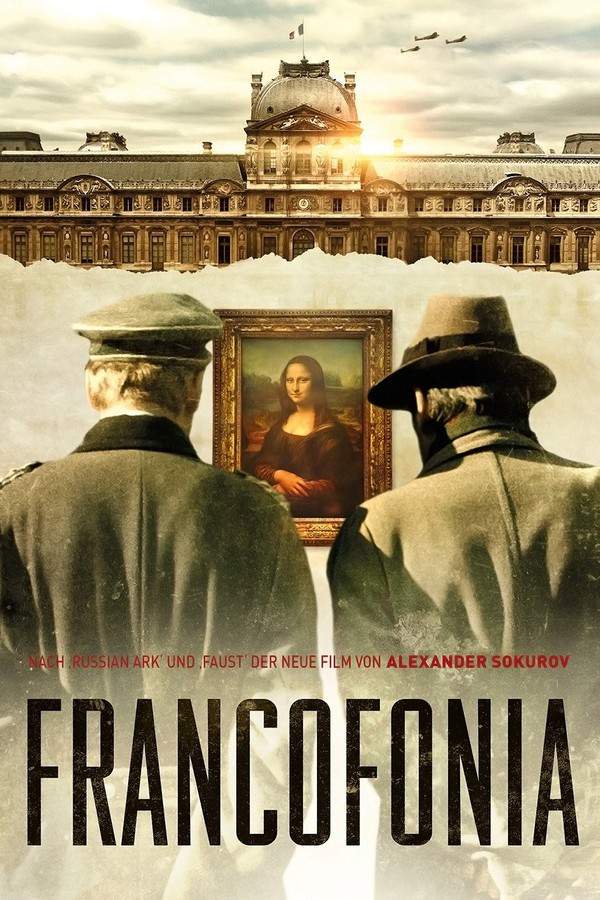
Line of Demarcation
Year: 1966
Runtime: 120 mins
Language: French
Director: Claude Chabrol
Based on Gilbert Renault’s memoirs written as Colonel Rémy, the film follows Pierre, a French officer who returns to his chateau in a Jura village split by the Loue River—the border between Nazi‑occupied France and the free zone. Forced to aid the Germans, his wife Mary joins resistance. After her arrest, Pierre abandons role and joins resistance.
Warning: spoilers below!
Haven’t seen Line of Demarcation yet? This summary contains major spoilers. Bookmark the page, watch the movie, and come back for the full breakdown. If you're ready, scroll on and relive the story!
Line of Demarcation (1966) – Full Plot Summary & Ending Explained
Read the complete plot breakdown of Line of Demarcation (1966), including all key story events, major twists, and the ending explained in detail. Discover what really happened—and what it all means.
In a Jura village split by the Loue river, the border between occupied France and the free zone runs through the town, turning daily life into a tense boundary of risk and loyalty. The Nazis intensify their crackdown on the resistance, announcing that anyone attempting to cross the line will be shot. Pierre, comte de Damville, an aristocratic French officer, is released by Nazi soldiers to oversee his chateau, now converted into a German command center, forcing him to take residence in the nearby hunting lodge. He accepts that France has effectively lost the war and maintains a surprisingly cordial rapport with the German governor, a fellow aristocrat. Yet his British-born wife Mary de Damville throws her weight behind the resistance, risking her life to aid those who oppose the occupying force. Early on, she is shown arranging the successful escape of downed Allied airmen, guiding them across occupied France toward Spain and Gibraltar, a daring act that reveals both her courage and the peril surrounding them.
Meanwhile, a crooked smuggler operates in the town, charging a Jewish family large sums to cross the river but betrays them to the Nazis and steals their possessions. In retribution, the Resistance eliminates the trafficker, underscoring the brutal costs paid by those who profit from oppression. The tale widens to focus on two British spies hidden in the forest, gathering military information and broadcasting it back to London. Their presence is soon discovered by the Germans, one is wounded and captured, and the balance of the town’s clandestine networks teeters on a knife’s edge. If the captured spy were to break, the entire local network could be exposed and crushed.
At the hospital, Doctor Jacques Lafaye, a doctor and member of the Resistance, tries to stall the Germans, resisting the pressure to begin interrogations. But two energetic Gestapo agents push to proceed, threatening harsher measures. Resistance operatives, dressed in German uniforms, mount a ruse—staging a raid on the hospital and extracting the wounded spy before the real Germans can arrive. The Gestapo, furious and relentless, hunt for the hidden traveler, and threaten to arrest and torture the doctor’s wife, prompting the doctor to choose self-sacrifice rather than betray those who rely on him. An informer reveals the spy’s location, but the wounded man is moved elsewhere by the Resistance before the Gestapo can strike.
The Germans eventually arrest Mary, though they have no concrete evidence against her; as a British aristocrat, she would be interned rather than tortured, a distinction that speaks to the era’s capricious moral codes. In a village-wide effort, the Resistance enlists the local priest in a bold plan to smuggle the wounded spy to the opposite bank of the river inside the coffin of a recently deceased 97-year-old woman. The coffin procession nearly reaches the bridge, but the two Gestapo agents become suspicious and order a stop to inspect the coffin. It is at this moment that [Pierre] draws a pistol and shoots the two agents dead, only to fall to German gunfire himself. The scene ends with the villagers gathered around his body, defiantly singing the French anthem, La Marseillaise, as the camera lingers on the cold, emblematic Nazi flag fluttering over occupied France.
Last Updated: October 09, 2025 at 10:49
Unlock the Full Story of Line of Demarcation
Don't stop at just watching — explore Line of Demarcation in full detail. From the complete plot summary and scene-by-scene timeline to character breakdowns, thematic analysis, and a deep dive into the ending — every page helps you truly understand what Line of Demarcation is all about. Plus, discover what's next after the movie.
Line of Demarcation Timeline
Track the full timeline of Line of Demarcation with every major event arranged chronologically. Perfect for decoding non-linear storytelling, flashbacks, or parallel narratives with a clear scene-by-scene breakdown.

Similar Movies to Line of Demarcation
Discover movies like Line of Demarcation that share similar genres, themes, and storytelling elements. Whether you’re drawn to the atmosphere, character arcs, or plot structure, these curated recommendations will help you explore more films you’ll love.
Explore More About Movie Line of Demarcation
Line of Demarcation (1966) Scene-by-Scene Movie Timeline
Line of Demarcation (1966) Movie Characters, Themes & Settings
Line of Demarcation (1966) Spoiler-Free Summary & Key Flow
Movies Like Line of Demarcation – Similar Titles You’ll Enjoy
Frantz (2017) Plot Summary & Ending Explained
Francofonia (2016) Complete Plot Breakdown
A French Woman (1995) Full Summary & Key Details
The Battle of the Rails (1946) Complete Plot Breakdown
La Traversée de Paris (1956) Ending Explained & Film Insights
Grand Illusion (1937) Plot Summary & Ending Explained
Le Jour de gloire (1976) Full Summary & Key Details
Tomorrow Is My Turn (1960) Story Summary & Characters
Paris After Dark (1943) Ending Explained & Film Insights
Assignment in Brittany (1943) Movie Recap & Themes
A Matter of Resistance (1966) Film Overview & Timeline
Le Chambon (1994) Film Overview & Timeline
The Cross of Lorraine (1943) Movie Recap & Themes
Fortunate (1960) Complete Plot Breakdown
Reunion in France (1942) Full Movie Breakdown

















